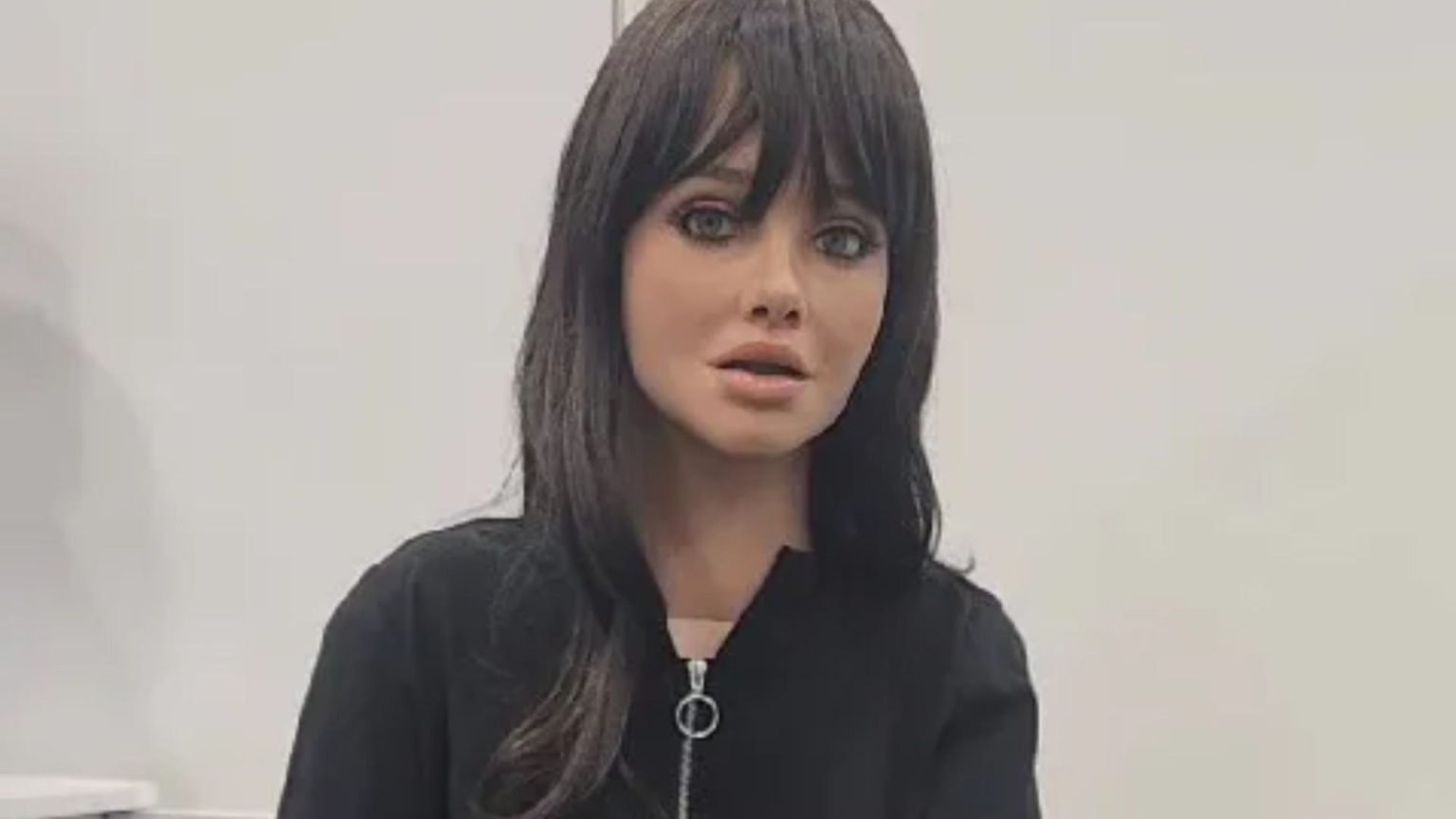Melody, a life-sized AI robot unveiled by Realbotix at the 2025 Consumer Electronics Show (CES), represents a significant leap in the development of companion robots. Designed to serve as a romantic partner, personal assistant, or travel buddy, Melody boasts advanced features, including lifelike expressions powered by intricate motors and mechanics hidden beneath her hyper-realistic face. Her portability, achieved through easy disassembly and reassembly, sets her apart as a truly mobile companion suitable for individuals constantly on the move. Priced at $175,000, Melody exemplifies the cutting edge of AI and robotics, pushing the boundaries of human-robot interaction.
Melody’s capabilities extend beyond mere companionship. Equipped with open-source AI, she can maintain eye contact, engage in meaningful conversations, and remember individuals, simulating a genuine human connection. While capable of mimicking romantic relationships, Realbotix emphasizes that Melody is not a sex doll, but rather a platform for engagement, entertainment, and fostering human connection. However, her software’s updatability allows for the inclusion of more intimate interactions if desired. This distinction highlights the evolving nature of human-robot relationships and the ongoing conversation about the role of technology in intimacy and companionship.
The unveiling of Melody alongside her counterpart, Aria, at CES showcases Realbotix’s commitment to developing socially intelligent robots capable of nuanced interactions. Aria’s focus on customizability and realistic human features further underscores the company’s pursuit of creating robots that blur the lines between machine and human. Aria’s expressed interest in Tesla’s Optimus Robot hints at the potential for inter-robot communication and collaboration, suggesting a future where robots interact not just with humans but also with each other. This interconnectivity unveils a new dimension in the evolution of robotics, where robots become part of a larger network, exchanging information and learning from each other.
Melody’s emergence signifies the broadening applications of robotics beyond industrial and functional roles. Her development addresses the growing societal issue of loneliness, offering a technological solution to a deeply human need. This highlights the potential for robots to fill not only practical but also emotional voids, raising questions about the future of human relationships and the evolving definition of connection. Melody’s complex capabilities, including maintaining eye contact and remembering past interactions, signify a move towards creating robots that can understand and respond to human cues on a deeper level.
The development of robots like Melody has broader implications beyond companionship. The portability and modularity of Melody’s design make her adaptable for various applications, including education, healthcare, and entertainment. In education, she could potentially personalize learning experiences or provide support for students with special needs. In healthcare, robots like Melody could offer companionship to the elderly or assist with patient care. These diverse applications underscore the versatility of robotic platforms and the potential for robots to integrate into various aspects of human life, moving beyond singular functions and becoming increasingly versatile tools.
The rise of robots like Melody signifies a paradigm shift in our relationship with technology. While offering solutions to real-world problems like loneliness and providing support in various sectors, these advancements raise critical ethical questions about the nature of human connection, the potential for over-reliance on technology, and the long-term societal impacts of integrating sophisticated robots into our lives. As robots become increasingly integrated into our daily routines, navigating the complex ethical and societal implications will become increasingly critical. The balance between leveraging the benefits of robotic technology and addressing the potential challenges it presents will define the future of human-robot interaction.











